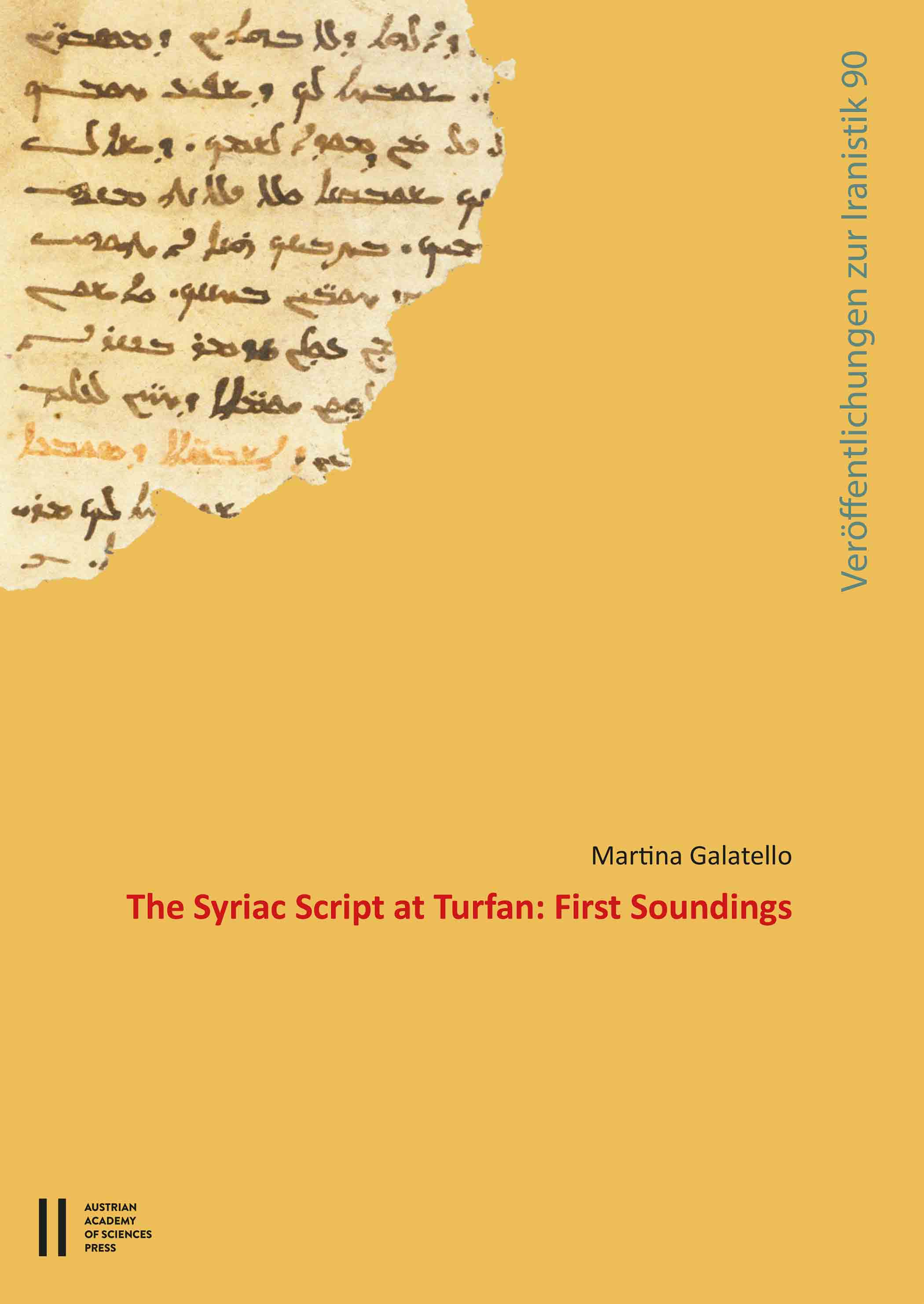Dies ist die erste umfassende paläografische Studie in Buchform zu den etwa tausend Fragmenten in syrischer und sogdischer Sprache, die zwischen 1902 und 1914 im Gebiet von Turfan an den nördlichen Seidenstraßen entdeckt wurden. Diese Handschriften, die wahrscheinlich aus der Zeit zwischen dem späten 8. und dem 13./14. Jahrhundert stammen, sind von größter Bedeutung für die Geschichte eines Gebietes, das eine Verbindung verschiedener Gemeinschaften, Sprachen und Religionen bildete, nicht zuletzt zwischen der ostsyrischen christlichen Gemeinschaft. Paläografische Faktoren wie Form, Modulus, Duktus, Kontrast, Buchstabenabstände und Ligaturen wurden untersucht. Von besonderer Bedeutung ist eine eigentümliche Ligatur der Buchstaben ṣādē und nūn. Eine wichtige Entdeckung aus dieser Forschung ist das fast völlige Fehlen der Monumentalschrift zugunsten von meist kursiven – überwiegend ostsyrischen – Formen. Sie stellen eine wertvolle Quelle für das Studium der Geschichte der ostsyrischen Schrift dar, da es nur wenige frühere und zeitgenössische ostsyrische Handschriften aus dem Nahen Osten gibt, zumindest vor dem 12. Jahrhundert. Zudem beleuchten diese Forschungen Schreibgewohnheiten, die Einblicke in die Geschichte der Sogdisch und Syrisch sprechenden christlichen Gemeinschaften und in die Geschichte des Schreibens zwischen Spätantike und Mittelalter geben, und sie tragen zu einem besseren Verständnis des sozialen Kontextes bei.
Diese Studie entstand aus dem FWF-Projekt „Scribal Habits. A case study from Christian Medieval Central Asia“ (PI Chiara Barbati) am Institut für Iranistik der ÖAW.
…
This is the first book-length palaeographic study of about a thousand fragments in Syriac and Sogdian languages discovered between 1902 and 1914 in the Turfan area on the ancient Northern Silk Roads. This manuscript material, probably dating between the late 8th and 13th /14th centuries, is of utmost relevance for the history of an area that represents a crossroads region of various communities, languages and religions, not least the East Syriac Christian community. Palaeographic factors such as form, modulus, ductus, contrast, spaces between letters and ligatures have been examined. Particularly significant is a peculiar ligature of the letters ṣādē and nūn. One important observation that emerges from this research is the almost total absence of monumental script in favour of mostly cursive forms, most of them East Syriac cursive forms. These represent a valuable source for the study of the history of the East Syriac script due to the paucity of earlier and contemporary East Syriac manuscript evidence from the Middle East, at least before the twelfth century. Moreover, this research sheds light on scribal habits that are highly relevant for a better comprehension of the Sogdian and Syriac-speaking Christian communities, for the history of writing between Late Antiquity and the Middle Ages, and for a greater understanding of the social context in which these and other communities in the same area read, wrote, and shared handwritten texts.
This study is part of the FWF stand-alone project “Scribal Habits. A case study from Christian Medieval Central Asia” (PI Chiara Barbati) at the Institute of Iranian Studies of the Austrian Academy of Sciences.




 Home
Home
 Print
Print
 References
References
 Share
Share